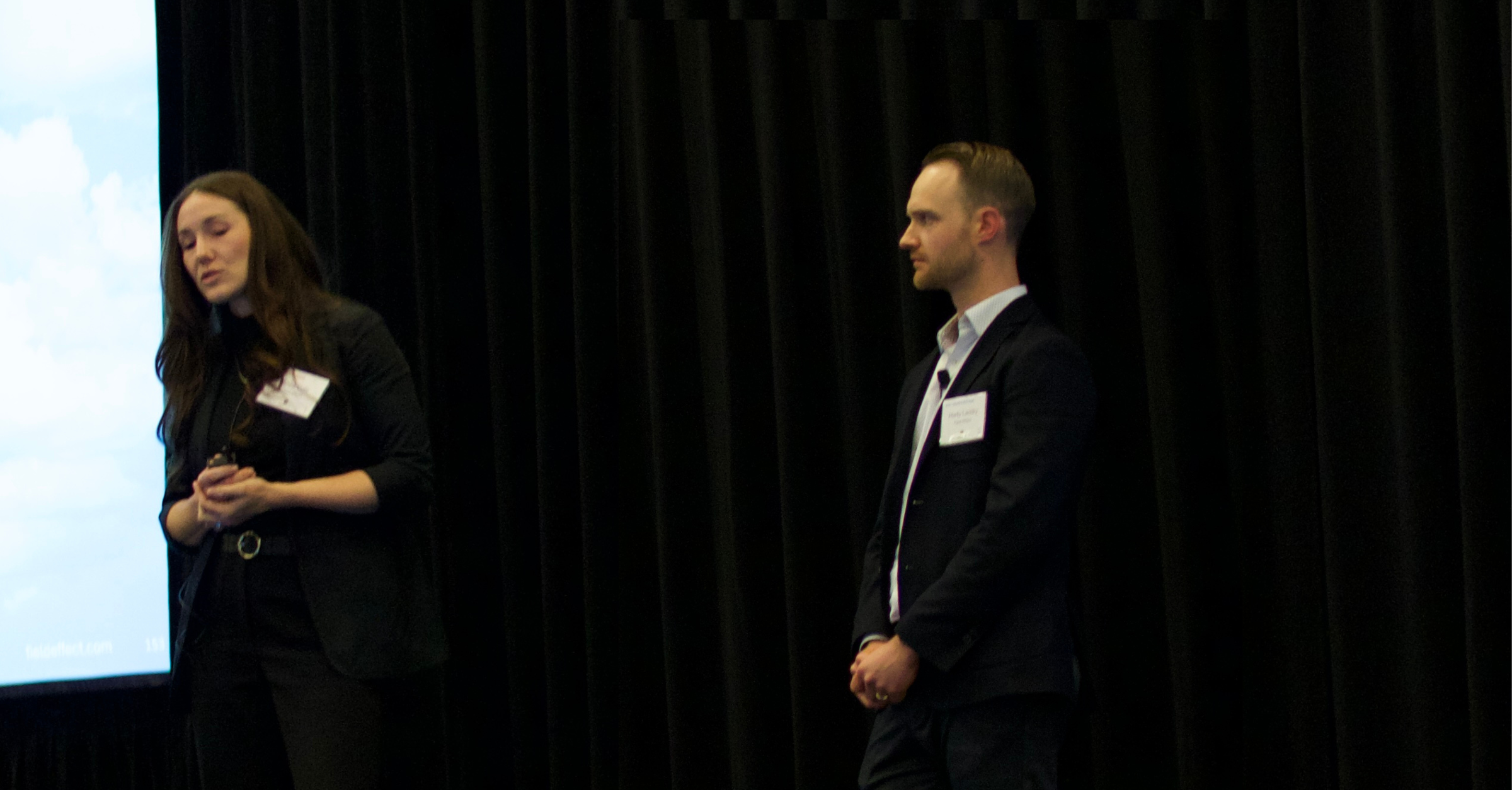Field Effect’s story begins with a world-class product that lacked the go-to-market (GTM) strategy needed to bring it to scale. Through an intentional effort to revamp the GTM organization and strategy, the cybersecurity company was able to transform from a startup to a true growth stage force – crushing growth targets, quadrupling marketing-sourced ARR, and doubling sales efficiency in just two years.
At this year’s ELT Summit, we heard from Shea Cole, Chief Marketing Officer, and Marty Landry, Head of Strategic and Channel Sales, about how they were able to accomplish these major feats in such a short period of time – and lead their teams through change when they needed it most.
The Starting Point
Founded by ex-spies and bootstrapped until the Edison investment, Field Effect was an engineering-driven business led by a product-focused CEO. The company’s groundbreaking offering, a Managed Detection and Response (MDR) solution, was able to replace 15+ things in a typical security stack with a single tool. While the utility of the product was undeniable, Field Effect stood in the face of critical opportunities in the GTM department:
- The chance to establish a stronger commercial structure and streamline processes.
- Room to build a robust lead generation engine and set achievable, growth-oriented targets.
- Untapped potential for increased market visibility.
In order to transform into the cybersecurity powerhouse it was destined to be, Field Effect needed to make some significant changes.
The Initial Pivot
Having onboarded highly capable GTM leaders, Field Effect pivoted direction in 2023. Key initiatives included building a top-of-funnel engine from scratch, rebuilding the bottom-of-funnel engine to drive greater efficiency, and revamping messaging to align with the ideal customer profile (ICP).
Like most major changes, Field Effect’s GTM pivot came with some equally notable challenges. The company was not immune to the macroeconomic headwinds of 2023, and the team was forced to adapt and stay resilient. By Q4, GTM leaders noted leading indicators of success, and headed into 2024 with a refined approach to catalyzing change and driving growth.
The Pay Off
In 2024, Field Effect decided to get scrappy.
With a leaner budget and a leaner team, Field Effect embraced a shift from quantity to quality by focusing on resilience and resourcefulness instead of high spending and risky strategies. They did, however, place one big bet: early in the year, they entered the MITRE ATT&CK Evaluation, a rigorous annual assessment of managed security service providers against well-known cyber threats. The risk paid off. Field Effect achieved exceptional scores, positioning themselves as a top performer. When major competitor CrowdStrike faltered in July 2024, Field Effect’s stellar evaluation results attracted a surge of companies seeking a reliable cybersecurity technology platform.
This wasn’t the only win. Slowly but surely, things started to click within Field Effect’s GTM organization. Marketing, sales, and product teams became more closely aligned, and the numbers proved it:
- Marketing-sourced ARR grew 325%.
- Marketing-sourced pipeline increased by 30%.
- MQL-to-opportunity conversion improved from 4% to 27%.
- Sales efficiency doubled from 59% to 118%.
Lessons Learned
Field Effect’s go to market transformation is a testament to the resilience of well-equipped growth-stage business. It also spotlights some critical lessons:
- Great products are vital, but not enough to scale. A strong go to market engine is needed to connect the solution to the buyers who need it.
- Quick decision-making and market responsiveness are crucial. No company can avoid the impacts of the broader market. Leaders need to be adaptable in order to pivot quickly in times of crisis.
- Teams can do more with fewer resources when focused on impact. Getting scrappy might just be the best thing for the business. In the end, it’s not about how many resources you have, it’s about how you use those resources to drive meaningful, sustainable impact.
Field Effect’s successful transformation is a reminder that even in the face of significant challenges, a cohesive strategy and a scrappy, resilient frame of mind can turn opportunity into achievement. For growth-stage companies, the message is clear: transformation is not only possible—it’s necessary to unlock your full potential.


